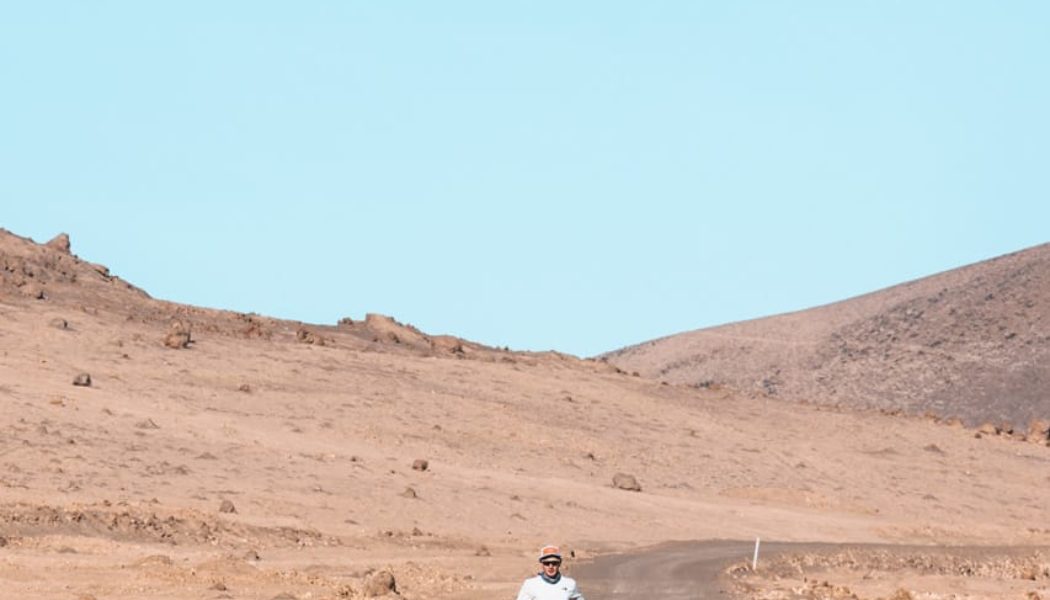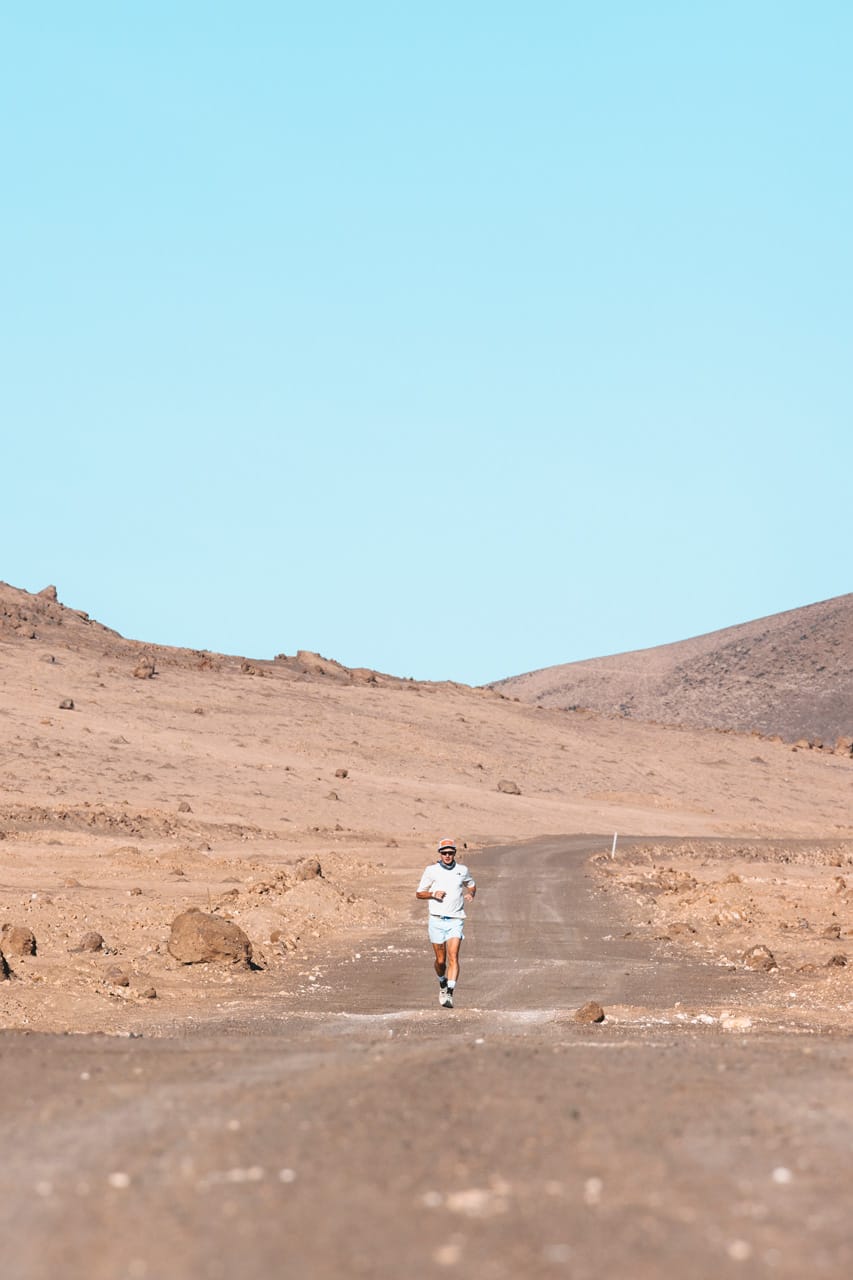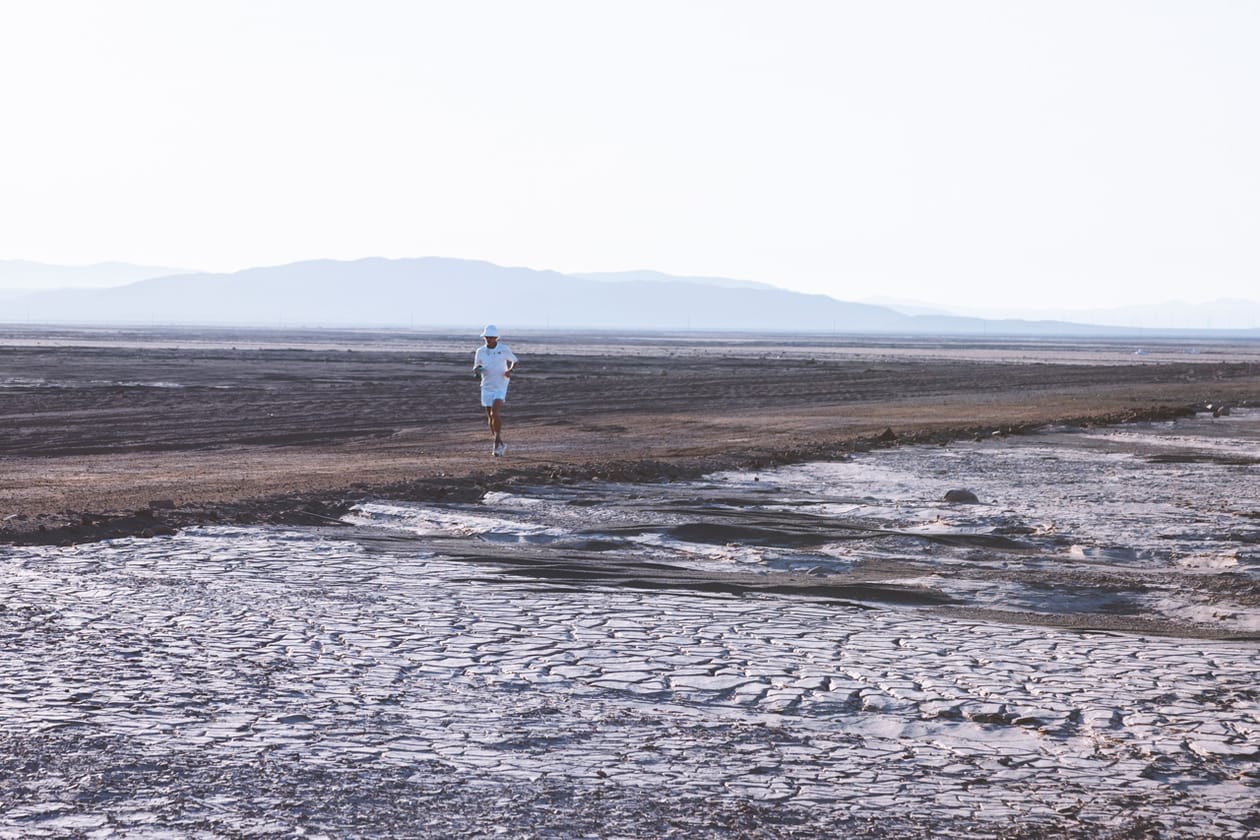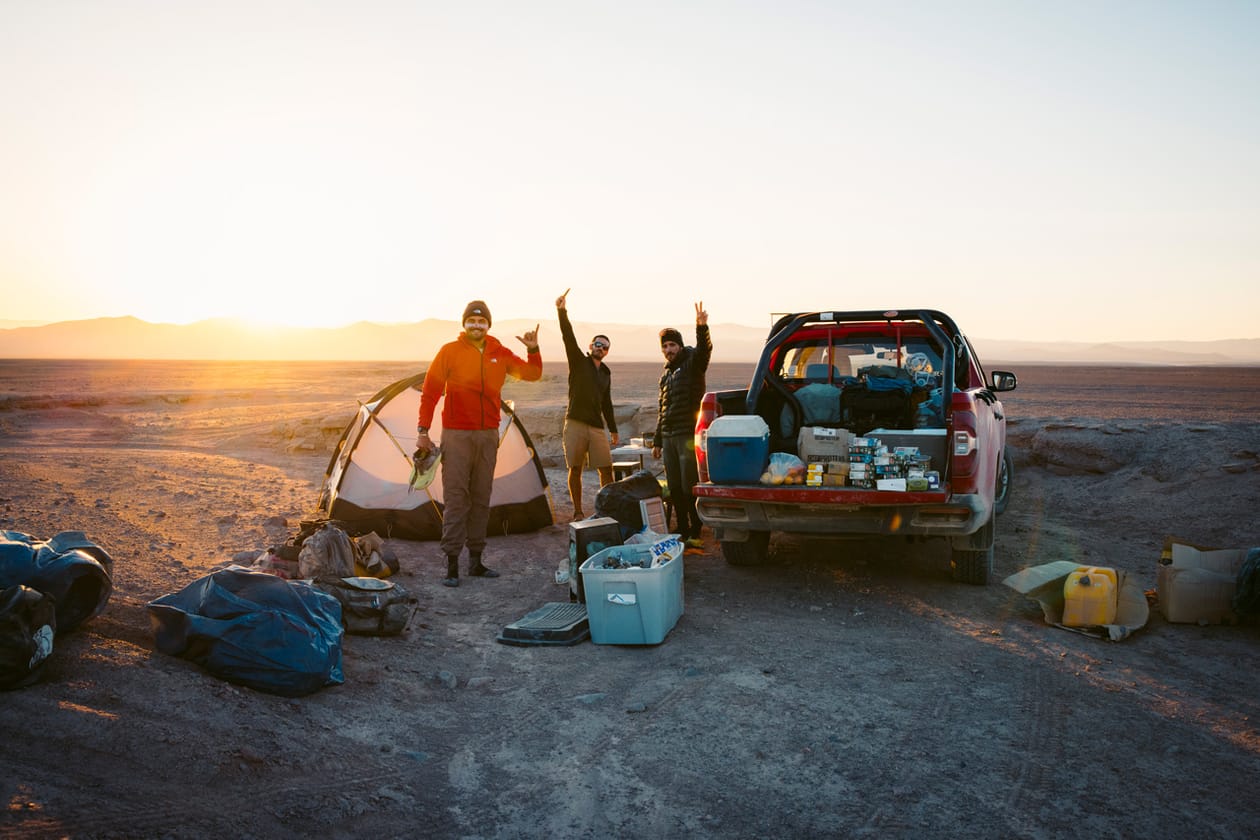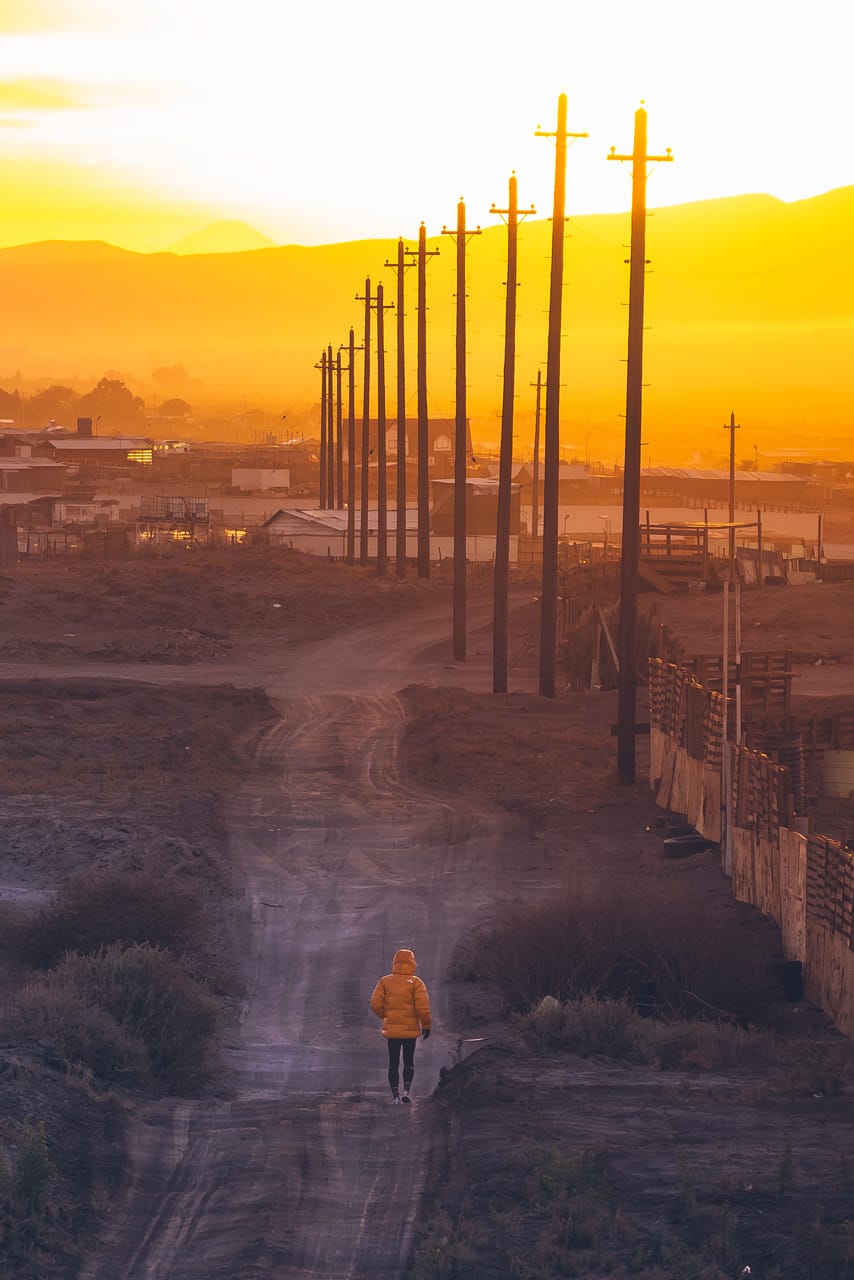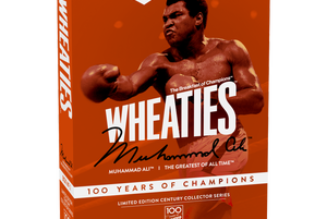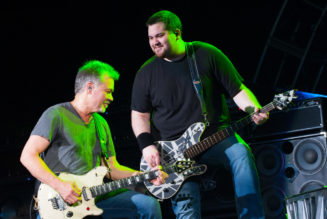Running isn’t an “extreme” sport, at least not in its typical form. Line it up next to mountain climbing and bungee jumping, and a jog around the neighborhood — or even a trail run — is comparably tame, however, like with any physical activity, there are the rare few that will take it to extremes. For a small but growing sect of the running community, a marathon simply isn’t enough to scratch their itch for the sport.
Nils Arend has created his own tribe of go-hard, die-hard runners with The Speed Project (TSP), an unsanctioned 340-mile relay-style race from Los Angeles to Las Vegas. In 2013, Arend, then in his early 20s, relocated from his home country of Germany to Los Angeles with little English and a dwindling bank account. “Running became my safe place,” Arend says. “I was exploring the city on foot, it didn’t cost me any money and it didn’t require me to communicate in this foreign language.”
Following the “natural progression” of a long-distance runner to racer, Arend signed up for the Long Beach Marathon sometime in the late 2000s but ultimately found that it was overly regimented and “took away the magic.” An extremist by nature, Arend was resigned to running on his own, though his weekend runs still regularly spanned upwards of 30 miles. A typical Saturday would see him call up a friend and they’d plot a route between two locations, rather than thinking in terms of mileage. The first instance of this was Arend and his friend running from one of their houses to the other’s, not considering that the distance between the two was longer than a marathon.
“That sparked the original idea to travel from one place to another by running,” Arend says. “We were running from the beach to the Hollywood sign and we’d make some stop in West Hollywood at a liquor store to take shots and then continue to run.”
While hanging out with friends one evening, Arend had the idea to run from LA to Vegas. After he vocalized it, “nobody even acknowledged my comment,” Arend says, laughing. His thought didn’t become a reality until he met Blue Benadum, a running coach and surfer, who agreed to help Arend pull off the journey. Together, the two formed a team of six – four men and two women – a formation now known as the “OG” team layout in modern TSP races. Arend’s friends began joining in on various points, offering to help plot their route or photograph their journey. The group trekked across the desert, racing through Pasadena, Mountain Pass and other stretches of nothing but burnt orange dirt, switching off every six miles. That first race also acted as an introduction to what future generations of TSP would encounter along the way: police, wild dogs, landowners angered by runners streaking across private property.
The inaugural 2013 TSP, carried out by Arend and his motley crew, was made into a documentary. The film was screened globally and received some positive feedback but when it debuted online, “nothing really happened,” Arend recalls. “There was a bit of disappointment initially but it became pretty apparent that [what we were doing] was very niche at the time.”
Niche or not, Arend committed to continuing TSP’s mission when he saw the impact the race had on participants. A friend who had volunteered to drive the RV during the race told him months afterward it was the coolest thing he’d done in his life. For the founder, if someone who had been driving, not even running, was that empowered by TSP, it was worth inviting others to experience the race for themselves.
Ten years on, TSP still looks a lot like the original race, save for a much larger pool of those running it. Races often clock between 60 and 80 teams, following either the “OG” formation established in the race’s first running, or a “freestyle” format comprising any gender ratio and any number of runners, though only the “OG” formation can be entered into TSP’s ranking system. Runners switch off trailing through the desert while their teammates ride alongside them in an RV. While the RV may provide respite after one completes their turn, someone must be running at all times. Although the race organizers provide a rough example of the race’s path, teams are encouraged to create their own route to shave off time.
Save for those guidelines, TSP follows a cut-and-dry motto: “No rules. No spectators.”
The “No Rules” motto isn’t just lip service either. There really aren’t any rules — well, except that runners are asked to avoid the freeway for safety reasons. Arend notes that there are 28 police districts between the two cities, so he’ll also tell runners to merely inform police officers they’re going for a long run from LA to Vegas with their friends if they’re stopped. No information beyond the essentials is necessary.
“When you are on the outside, you might think, ‘It’s a race across the desert — of course no one is cheering you on’,” says Arend. “Yes, but truly, no spectators stands for radical participation, meaning everybody has to participate in some shape or form.” If you’re not running, you’re either a resting runner or a “radical participator” who’s driving the RV or documenting the runners’ progress.
How does one run in TSP with no rules and no official route? It’s a question Arend has become an expert at avoiding giving a direct answer to, instead encouraging a DIY spirit. The race doesn’t have an application form, let alone a website, and is by invitation only, though TSP does have an Instagram account that runners could perhaps shoot a DM to in an effort to plead their case. Given the global running community contains roughly a thousand TSP alumni, many of whom are repeat runners, being connected by someone who has done it before is potentially another way of weaseling one’s way in, as is joining a running club connected to the race.
Even though “speed” is its namesake, Arend, doesn’t pay any mind to one’s times when he selects runners for an event. People run for a wide range of reasons, and Arend is more interested in your story than your reason — why you run and want to run TSP specifically – or your daily mileage. There’s no cash prize but all runners and “radical participators” are invited to an end-of-race pool party to mark their accomplishments. The majority of OG teams, however, are still competing to finish first solely for the bragging rights with the current race record sitting at about 29 hours and 30 minutes. Over the years, Arend has seen a few teams take it to extremes (that says a lot, coming from him) to achieve the shortest route possible.
“There are people spending a week in the desert, mapping things out. I was talking to the winning team, from a couple years ago and I was like, “How much time did you spend on mapping out the route?” Their team captain was slightly embarrassed. I think they had 20 conference calls about it.” As if the relay isn’t punishing enough, others have run the 340 miles entirely solo over the course of a few days. Lucy Scholz is the record-holder for the fastest solo race, coming in at 84 hours and 45 minutes.
Last year, Arend took TSP abroad for the first time in the race’s history. Over the pandemic, the race hosted a photography contest won by a Chilean photographer who captured a local team running through the Atacama Desert. The same Chilean squad had gone on to compete in one of the first TSP races post-pandemic and cornered Arend him at the end-of-race pool party to make their case for bringing TSP to their hometown. Naturally, everyone has given the founder their recommendation, suggestions he’d previously always shrugged off. He recalls sitting in an airport terminal while his flight was delayed and scoping the region the photograph had been taken using Google Maps. Naturally, everyone has given the founder their recommendation for where to bring the race next, suggestions he’d always shrug off. “I saw the images and it felt like so otherworldly,” he says.
While TSP conscientiously abstains from long-term corporate sponsorships, running brands such as Satisfy and Tracksmith are among those that have sent their own teams and Arend works on creative freelance projects aside from TSP. In late 2023, he was approached by a brand to produce a campaign and agreed on the condition that they could shoot it in Chile, using the deal as a launchpad for the first-ever TSP in the Atacama Desert, a region widely known as the driest place in the world. Leading up to the December event, the Chilean team helped Arend to plan the route, where, compared to the California-Nevada race, runners wouldn’t have access to grocery stores and would also have to grapple with running at an altitude of over 11,000 feet, making many much slower than anticipated.
“Everything was dialed up a couple of notches, regarding how extreme it was, Arend says. “Everybody thought the next move, would be us going into Europe because there’s a big audience of ours there but I obviously love going towards the unexpected.”
As for where TSP may go next, Arend has some ideas. Races are only teased to the public in the days ahead of the kick-off to maintain the air of mystery. You probably won’t know when the next TSP is actually taking place until runners are driving up to the starting point in their RVs. Arend, meanwhile, remains curious as to who’s going to approach him at the pool party this year.
“Everyone asks, “Where can I register?” I’m like, well, it’s happening tomorrow,” he says with a chuckle.
